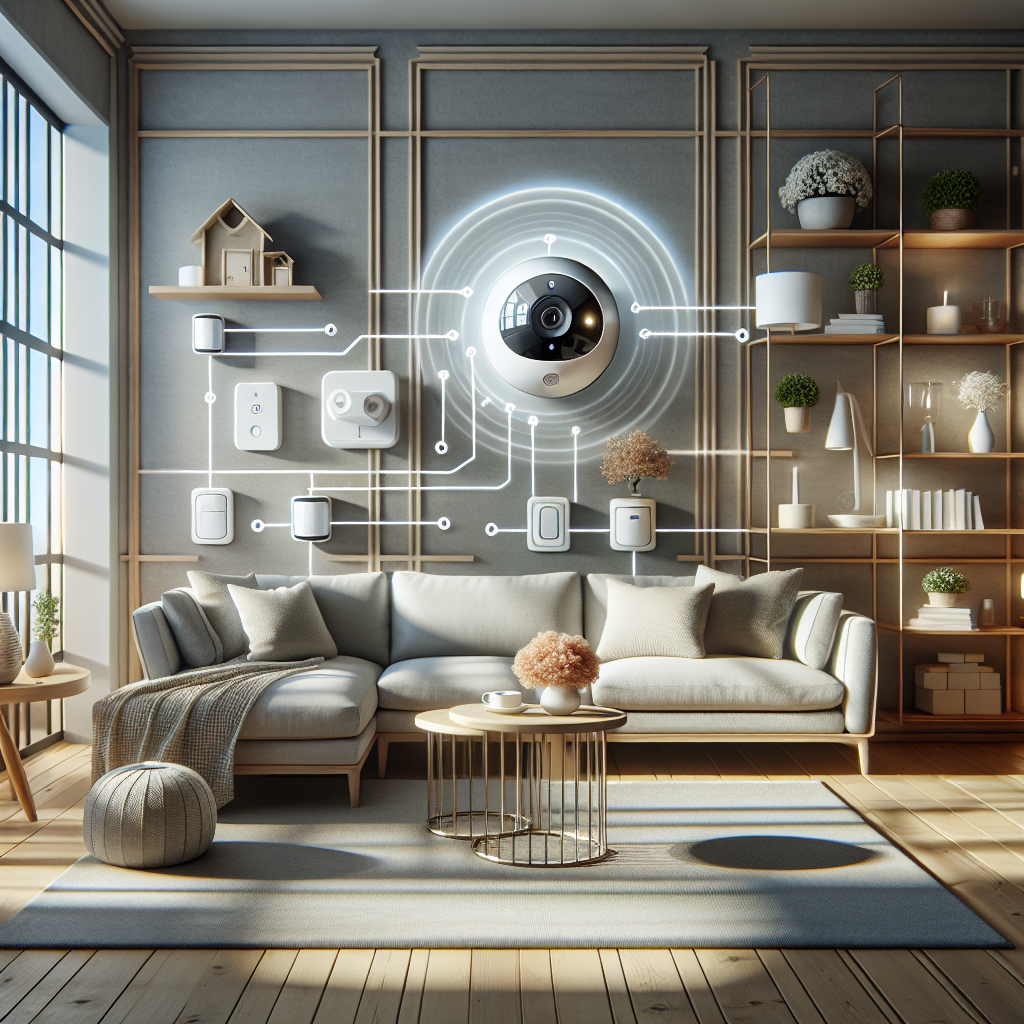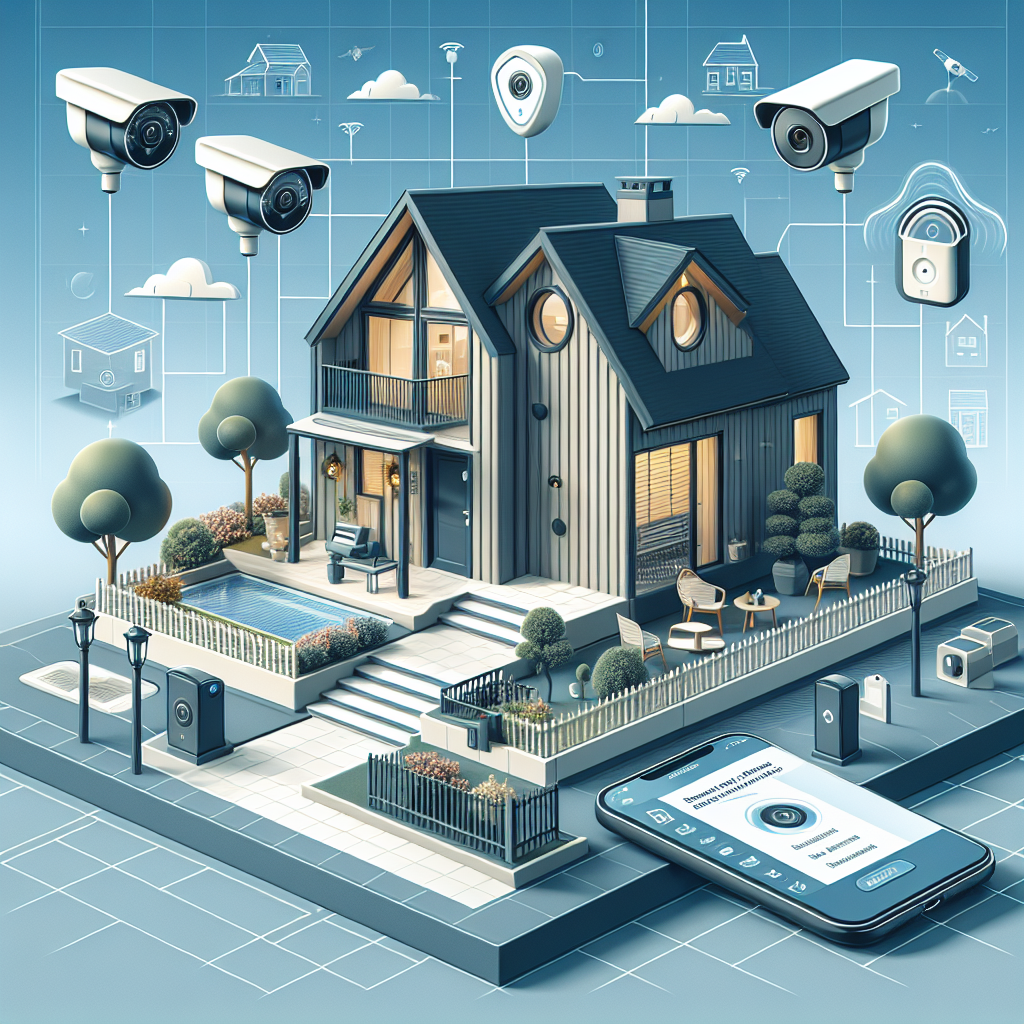When it comes to staging your home for sale, addressing odors is just as important as decluttering and enhancing curb appeal. Unpleasant odors can leave a lasting negative impression on potential buyers and detract from your home’s overall appeal. In this guide, we’ll explore the impact of odors on home perception and provide effective strategies for eliminating them. From pet odors to cooking smells, we’ll cover everything you need to know to create a fresh and inviting home environment that will captivate buyers from the moment they step inside.
Understanding the Impact of Odors
The presence of odors in your home can significantly impact how it is perceived by potential buyers. Lingering pet odors, cooking smells, or musty odors can create a negative impression and lead buyers to question the cleanliness and maintenance of the property. Additionally, strong odors can trigger allergies or sensitivities in some individuals, further deterring them from considering your home.
Effective Methods for Removing Household Odors
Fortunately, there are several effective methods for eliminating odors and creating a fresh indoor environment:
1. Deep Cleaning
Start by thoroughly cleaning your home to remove dirt, dust, and grime that can contribute to odors. Pay special attention to areas where odors tend to linger, such as carpets, upholstery, and curtains. Consider hiring a professional cleaning service for a deep clean if necessary.
2. Neutralizing Odors
Use odor-neutralizing products such as baking soda, activated charcoal, or vinegar to absorb and eliminate odors. Place bowls of baking soda around your home or use activated charcoal air purifiers to effectively neutralize odors in the air.
3. Fresh Air
Open windows and doors to allow fresh air to circulate throughout your home. This can help flush out stale odors and improve indoor air quality. Consider investing in an air purifier with a HEPA filter to remove airborne contaminants and allergens.
4. Eliminating Pet Odors
If you have pets, focus on eliminating pet odors by regularly cleaning bedding, litter boxes, and pet areas. Use pet-specific odor eliminators or enzymatic cleaners to effectively neutralize pet odors rather than masking them with fragrance.
5. Addressing Cooking Smells
Cooking smells can linger in your home long after the meal is over. To combat cooking odors, use exhaust fans while cooking, simmer a pot of water with citrus peels and spices on the stove, or place bowls of vinegar around the kitchen to absorb odors.
Enhancing Home Appeal Through Effective Odor Removal
By addressing odors in your home, you can enhance its overall appeal and create a more welcoming environment for potential buyers. A fresh and clean-smelling home will leave a positive impression and increase the likelihood of a successful sale. Incorporate these odor-elimination strategies into your staging process to ensure that your home stands out in today’s competitive real estate market.
Conclusion
Don’t underestimate the impact of odors on the perception of your home. By taking proactive steps to eliminate odors and create a fresh and inviting environment, you can significantly enhance its appeal and attract potential buyers. Whether you’re dealing with pet odors, cooking smells, or musty odors, there are effective strategies for neutralizing odors and creating a pleasant indoor environment. Follow the tips outlined in this guide to ensure that your home leaves a positive impression on potential buyers and stands out in the market.



